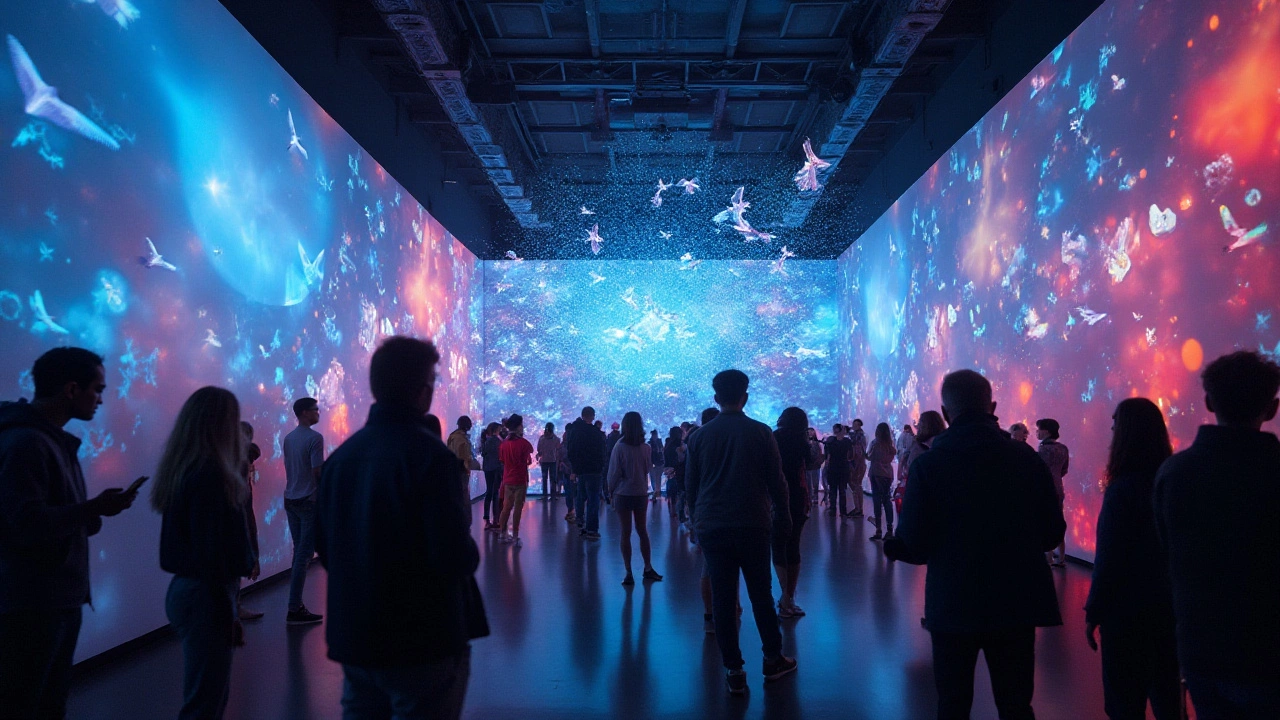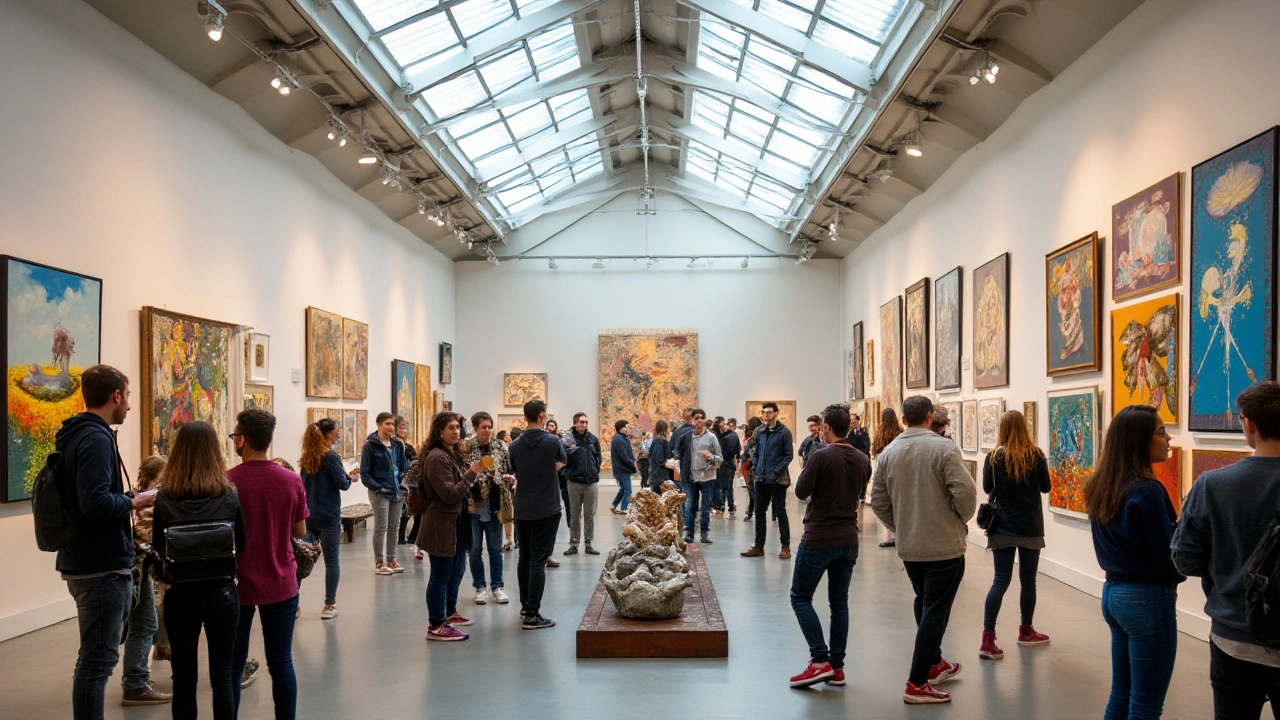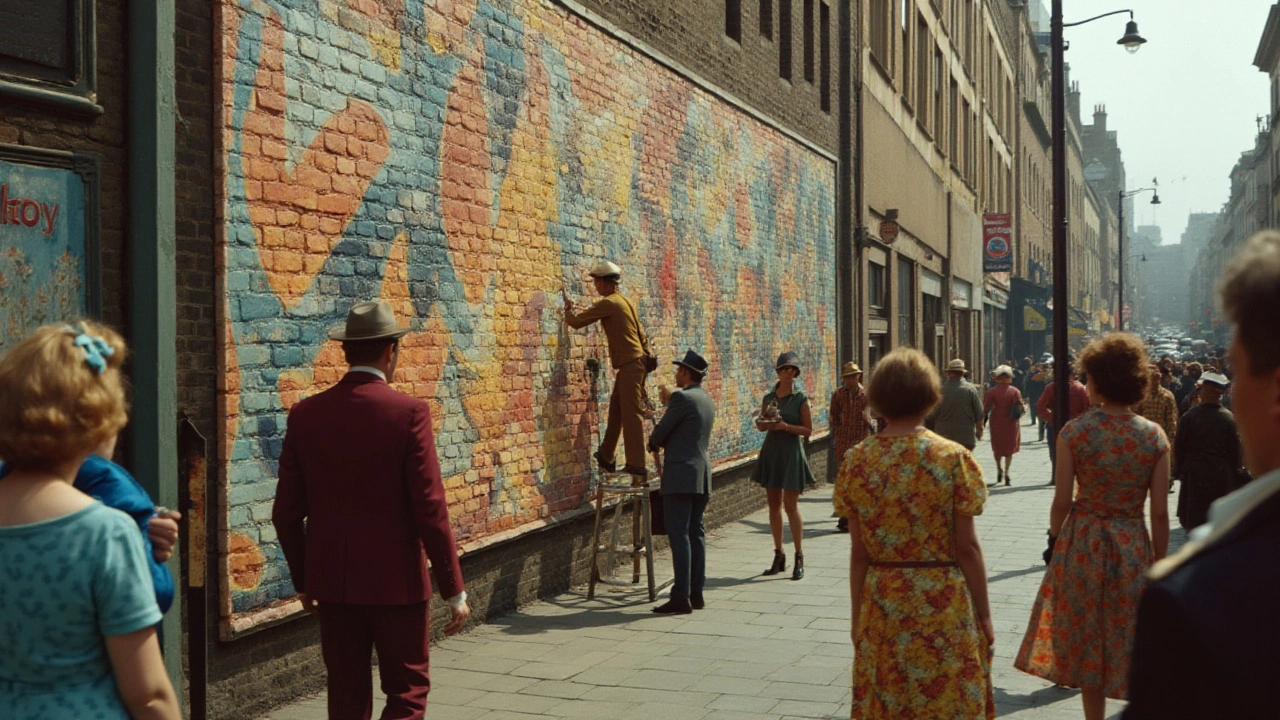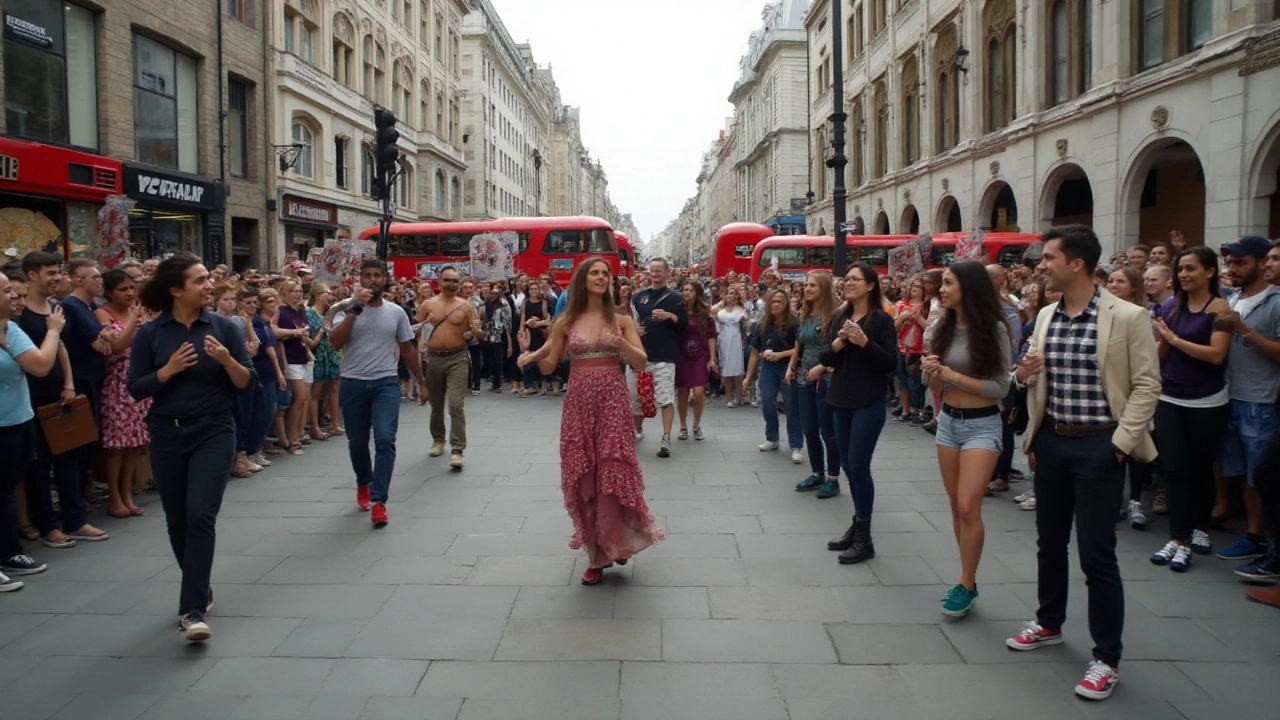Creative Expression: How Artists Turn Ideas into Visual Language
Creative expression is the force that makes a blank wall a statement, a melody a movement, or a single object feel alive. It shows up when someone chooses a color that hurts the eye on purpose, or when an artist places a sculpture where no one expects it. Once you can read the choices behind a work, making your own becomes a lot less mysterious.
Think of creative expression as a set of clear decisions. You pick a style, a material, a scale, and a place to show work. Photorealism uses fine detail to trick the eye. Abstract expressionism uses gesture and color to transmit feeling. Bauhaus simplifies objects so they work and look clean. Fluxus adds play and surprise. Each choice changes what people feel and remember.
Where creative expression shows up
Look for it in buildings, homes, and public spaces. Land art changes how we see a place; installation art turns space into an event; avant‑garde décor uses bold choices to change how a room functions. Movements like the Harlem Renaissance used art to build identity, not just beauty. Even graphic design borrows creative expression to guide a viewer’s eye and send a message fast.
Concrete examples make this useful. A photorealist painting can make you question whether a photo or a painting is easier to trust. A Bauhaus chair teaches you that good design can be simple and durable. An installation that fills a gallery forces you to walk and react, which makes the work memorable in a different way than a framed picture.
How to sharpen your creative expression
Start small and be specific. Limit your palette for a week. Use one unconventional material—plastic, dirt, tape—and see what decisions that forces. Copy a work that moves you to learn technique, then change one thing: scale, color, or placement. Those small shifts reveal voice faster than trying to invent a style from scratch.
Try three simple exercises this week. First, do a 15‑minute daily study: small sketches or photos focused on one idea, like shadow or texture. Second, do a material swap: remake an old piece using a new material and notice what changes about the message. Third, do a placement test: show a work in two different rooms or online and note how the setting changes reactions.
Measure what matters: note how long viewers look, what words they use to describe it, and whether they remember it later. Ask one friend who knows art and one who doesn’t—answers will reveal technique and impact. Keep a short log so you can spot patterns over time.
If you want examples to study, read posts on photorealism, abstract expressionism, Bauhaus design, installation art, and land art to see how different choices shape meaning. Try one idea from each and combine two on a small project—mixing movements is a fast way to find your edge.
Creative expression isn’t a mystery. It’s practiced choice. Make choices, test them, get feedback, and repeat. That’s how you turn a concept into work people remember.




